What Is Vivisection?
ANIMAL RIGHTS - VEGETARIANISM, 31 Aug 2020
People for the Ethical Treatment of Animals (PETA) - TRANSCEND Media Service
14 Aug 2020 – if you’re scratching your head and wondering “What is vivisection?” don’t fret—you’re not alone. We’ve broken down everything you need to know about the ruthless, archaic practice:
What Is Vivisection?
Merriam-Webster defines vivisection as “the cutting of or operation on a living animal usually for physiological or pathological investigation” or—broadly—“animal experimentation especially if considered to cause distress to the subject.” To put it even more simply, vivisection is animal testing—think of the two as synonymous. If you’ve seen Legally Blonde 2 or if you’ve ever opted for wet n wild mascara over Maybelline because the former uses PETA’s Global Beauty Without Bunnies logo, you probably already realize that animal testing is bad. If you don’t, that’s OK—keep reading.
Who Started Vivisection?
Greek physician Claudius Galen is often named as the originator of vivisection. During the Roman Empire, Galen cut open monkeys, pigs, sheep, and goats. The conclusions he drew about human anatomy based on his dissections were reportedly flawed—a phenomenon we see often in today’s ineffective animal tests when lives and precious resources are wasted by trying to infect animals with diseases that they would never normally contract.
In the notorious canine muscular dystrophy (MD) laboratory at Texas A&M University, dogs who were deliberately bred to develop this crippling muscle disease struggled to walk and swallow. Analysis of MD experiments using dogs has shown that there are serious pitfalls when trying to apply their results to humans. Nearly 40 years of these tests have failed to result in a single cure or treatment that reverses MD symptoms in humans.
What Do Vivisectors Do?
Much like Galen, today’s vivisectors experiment on and almost always kill animals in the name of “science.” Poisoning, shocking, burning, and killing animals is all in a day’s work for vivisectors. Because many states’ anti-cruelty statutes include language that exempts abuse of animals in laboratories, vivisectors are given a pass to get away with murder. And they often use our tax dollars to do so—for example, over the course of the last 13 years, National Institutes of Health experimenter Elisabeth Murray has received more than $36 million in taxpayer funding to frighten monkeys with rubber snakes and spiders, allegedly to study mental illness in humans—and not one treatment or cure for humans has come out of it. No experiment on animals, no matter how gruesome, is illegal.
Are Vivisection and Animal Testing the Same Thing?
Yes, vivisection is the practice of experimenting on animals. To learn more about what’s wrong with vivisection, check out these top five reasons to stop animal testing.
This archaic method for raising ticks was developed in the 1930s and is still used today in some laboratories, even though newer, non-animal methods are available.
You can call it vivisection, or you can call it animal testing—any way you spin it, animals will never be ours to experiment on.
Which Animals Are Used in Animal Testing (Vivisection)?
At any given moment, millions of mice, rats, rabbits, primates, cats, dogs, and other animals are locked inside barren cages in laboratories across the U.S. They languish in pain, suffer from extreme frustration, ache with loneliness, and long to be free.
In Murray’s laboratory, sections of monkeys’ skulls are carved out and toxins are injected into their brains. At Johns Hopkins University, experimenter Shreesh Mysore holds barn owls captive in his laboratory, cutting into their skulls and poking electrodes around in their brains. At Liberty Research, Inc., dogs and cats were injected with pesticides and holes were drilled into their heads—some cats suffocated under flipped-over litterboxes.
In one experiment at Liberty Research, Inc., workers used a drill to bore holes into the skulls of 30 young beagles so that distemper virus could be injected directly into their brains. Some of the dogs blinked and even whimpered during the painful procedure, indicating that they were not adequately anesthetized. Imagine if this pain were inflicted on your beloved canine companion.
Are Vivisection and Dissection the Same Thing?
“Vivisection,” an early–18th century word, is actually a combination of the Latin “vivus” (“living”) and the English word “dissection.” When pertaining to animals, dissection is the act of cutting up or dismembering a body. Dissection is most common in classroom settings—typically, cats, frogs, pigs, rats, fish, and invertebrate animals are the ones students are instructed to cut open for a grade, but others, including sharks, birds, and turtles, are dissected, too. Vivisection and dissection have more in common than just a root word: Animals who are used in cruel experiments are often killed and then dissected.
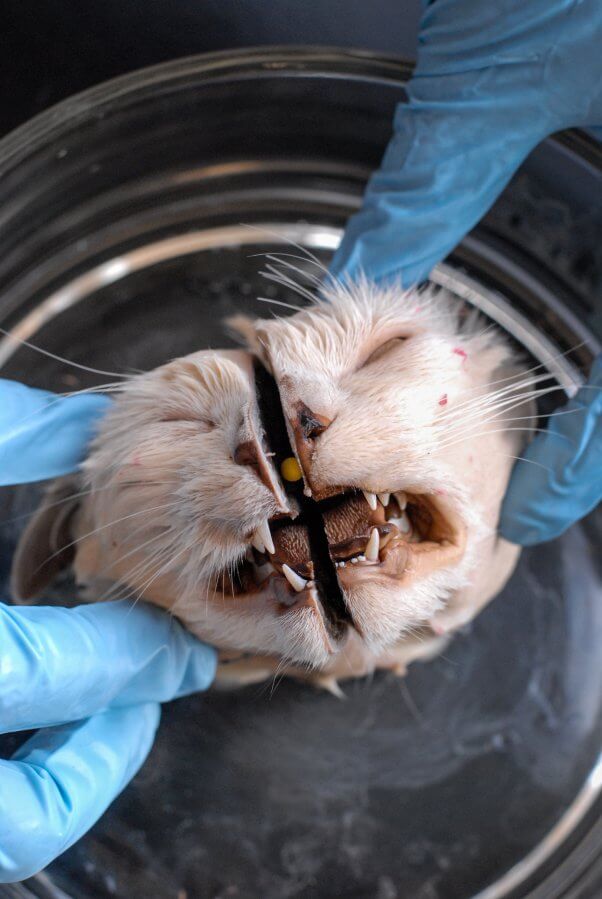
Is Vivisection Legal in the U.S.?
Yes, vivisection—aka “animal testing”—is legal in the U.S. Although some of the experimentation conducted on animals today is required by law, most of it isn’t. A number of countries have implemented bans on testing certain types of consumer goods on animals, such as the cosmetics-testing bans in the European Union, India, Israel, New Zealand, Norway, and elsewhere. Unfortunately, the U.S. has no ban on testing cosmetics or household products on animals, so companies that make and sell their products here can choose to conduct tests on animals—but thanks to PETA’s campaigns, very few of them do.
With the help of our members and supporters, PETA works globally to expose and end the use of animals in experiments. Check out a few of our anti-vivisection efforts and the victories PETA has scored for animals imprisoned in laboratories.
During the widely discredited forced swim test, rats and other small animals are placed in inescapable beakers filled with water and made to swim to keep from drowning. Thanks to PETA, more than a dozen major pharmaceutical companies—including heavyweight GlaxoSmithKline—have banned this near-drowning test.
______________________________________________
 People for the Ethical Treatment of Animals (PETA) is the largest animal rights organization in the world, with more than 6.5 million members and supporters. PETA opposes speciesism, a human-supremacist worldview, and focuses its attention on the four areas in which the largest numbers of animals suffer the most intensely for the longest periods of time: in laboratories, in the food industry, in the clothing trade, and in the entertainment industry. We also work on a variety of other issues, including the cruel killing of rodents, birds, and other animals who are often considered “pests” as well as cruelty to domesticated animals. PETA works through public education, cruelty investigations, research, animal rescue, legislation, special events, celebrity involvement, and protest campaigns.
People for the Ethical Treatment of Animals (PETA) is the largest animal rights organization in the world, with more than 6.5 million members and supporters. PETA opposes speciesism, a human-supremacist worldview, and focuses its attention on the four areas in which the largest numbers of animals suffer the most intensely for the longest periods of time: in laboratories, in the food industry, in the clothing trade, and in the entertainment industry. We also work on a variety of other issues, including the cruel killing of rodents, birds, and other animals who are often considered “pests” as well as cruelty to domesticated animals. PETA works through public education, cruelty investigations, research, animal rescue, legislation, special events, celebrity involvement, and protest campaigns.
Tags: Animal Justice, Animal cruelty, Animal rights, Animals, Cruelty, Entertainment, Fashion industry, Lab Animals, Leather, Meat Industry, Veganism, Vegetarianism
DISCLAIMER: The statements, views and opinions expressed in pieces republished here are solely those of the authors and do not necessarily represent those of TMS. In accordance with title 17 U.S.C. section 107, this material is distributed without profit to those who have expressed a prior interest in receiving the included information for research and educational purposes. TMS has no affiliation whatsoever with the originator of this article nor is TMS endorsed or sponsored by the originator. “GO TO ORIGINAL” links are provided as a convenience to our readers and allow for verification of authenticity. However, as originating pages are often updated by their originating host sites, the versions posted may not match the versions our readers view when clicking the “GO TO ORIGINAL” links. This site contains copyrighted material the use of which has not always been specifically authorized by the copyright owner. We are making such material available in our efforts to advance understanding of environmental, political, human rights, economic, democracy, scientific, and social justice issues, etc. We believe this constitutes a ‘fair use’ of any such copyrighted material as provided for in section 107 of the US Copyright Law. In accordance with Title 17 U.S.C. Section 107, the material on this site is distributed without profit to those who have expressed a prior interest in receiving the included information for research and educational purposes. For more information go to: http://www.law.cornell.edu/uscode/17/107.shtml. If you wish to use copyrighted material from this site for purposes of your own that go beyond ‘fair use’, you must obtain permission from the copyright owner.
One Response to “What Is Vivisection?”
Read more
Click here to go to the current weekly digest or pick another article:
ANIMAL RIGHTS - VEGETARIANISM:
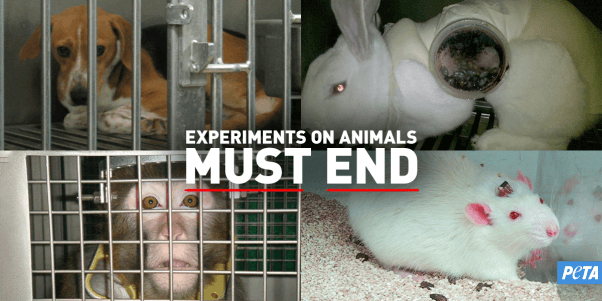
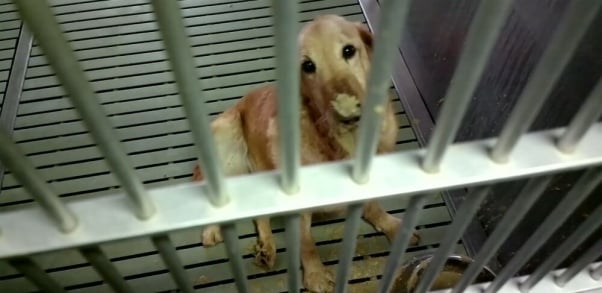
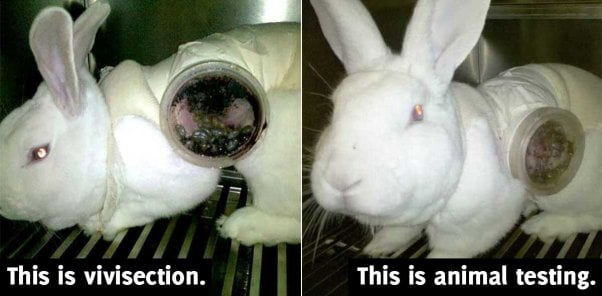
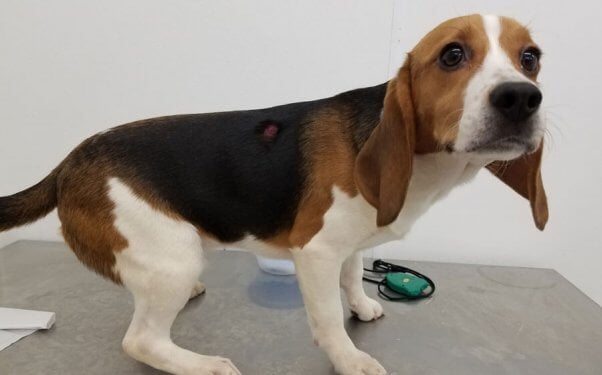
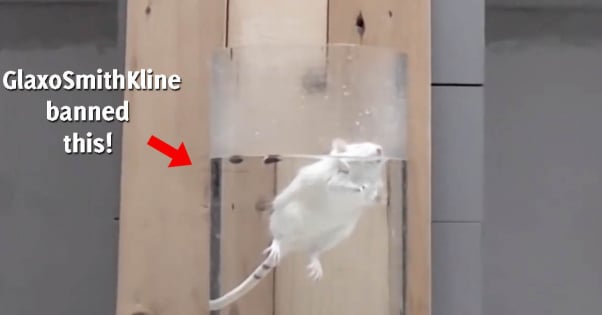
Not only does experimenting on animals cause massive suffering, it’s delaying cures for human diseases. Nine out of ten experimental drugs fail in human trials, according to the FDA, because experiments on animals cannot accurately predict how drugs will affect humans. While humans and other animals are alike in our ability to feel pain and suffer, the way we respond to drugs and treatments can differ vastly between species. It’s time to embrace humane, human-relevant research methods such as “organ-on-a-chip” technology, cell-based tests and tissue models, sophisticated computer modeling and QSAR techniques, and others. These methods hold real hope of cures and treatments.